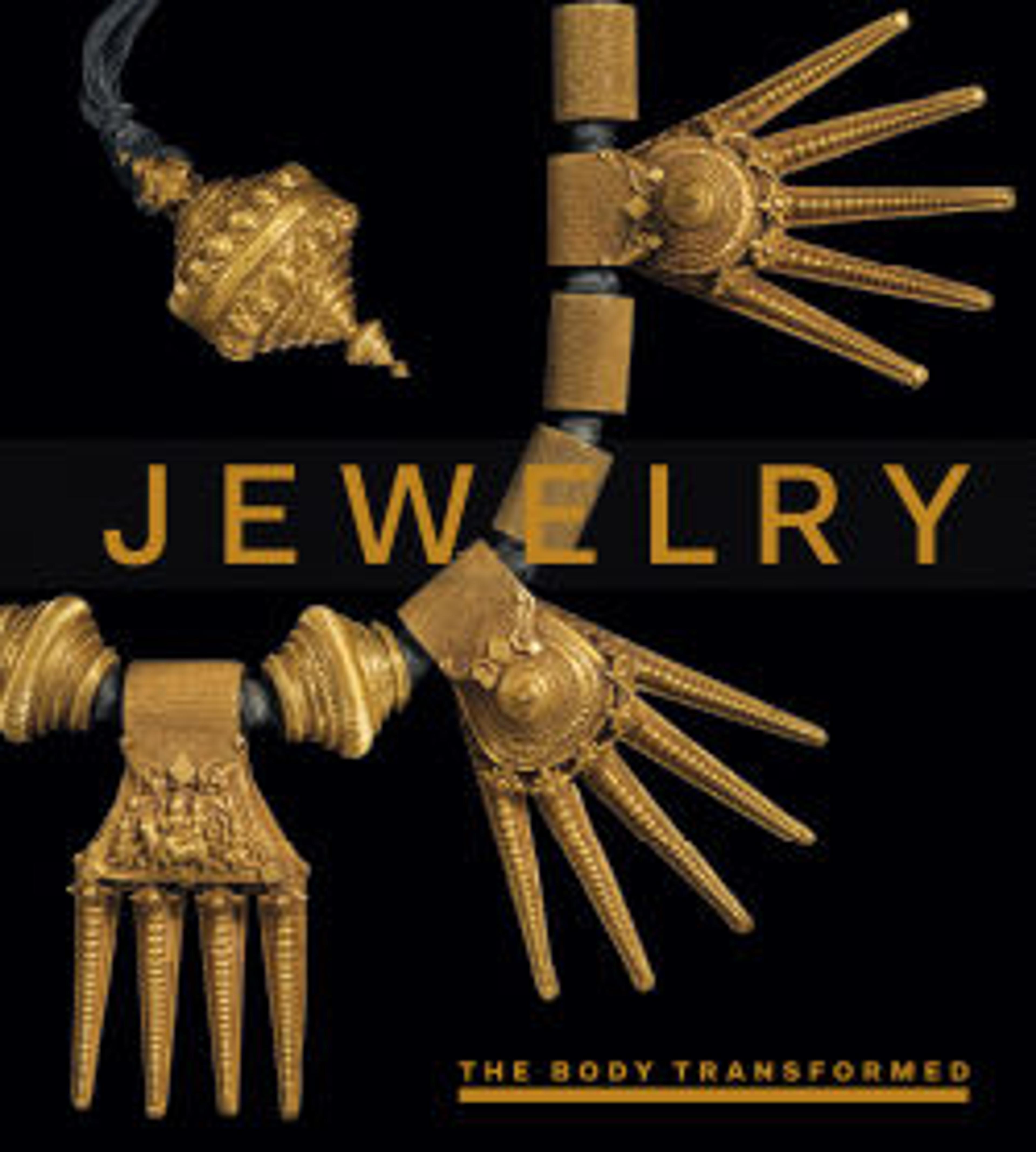Ring
This ring consists of multiple elements soldered together to create a rich, micro-architectural form, a feature typical of Ottonian goldsmithing. The varied techniques used in its fabrication resulted in areas of granulation, swabbed and twisted wires, and ribbons of bent wire, as well as cast, punched, and chased elements. At the center is a flowerlike ornament in cloisonné enamel. The ring bears witness to the high degree of sophistication at the court of the Ottonian emperors, who ruled central Europe from 936 until 1024.
Artwork Details
- Title: Ring
- Date: 10th–11th century
- Geography: Made in Germany
- Culture: German
- Medium: Gold with cloisonné enamel
- Dimensions: Overall: 1 x 7/8 x 11/16 in. (2.5 x 2.3 x 1.8 cm)
Bezel: 3/8 x 7/8 x 11/16 in. (0.9 x 2.3 x 1.8 cm)
Band width & thickness at thinnest: 1/16 x 1/16 in. (0.2 x 0.2 cm) - Classification: Metalwork-Gold
- Credit Line: The Cloisters Collection, 2004
- Object Number: 2004.274
- Curatorial Department: Medieval Art and The Cloisters
More Artwork
Research Resources
The Met provides unparalleled resources for research and welcomes an international community of students and scholars. The Met's Open Access API is where creators and researchers can connect to the The Met collection. Open Access data and public domain images are available for unrestricted commercial and noncommercial use without permission or fee.
To request images under copyright and other restrictions, please use this Image Request form.
Feedback
We continue to research and examine historical and cultural context for objects in The Met collection. If you have comments or questions about this object record, please contact us using the form below. The Museum looks forward to receiving your comments.
